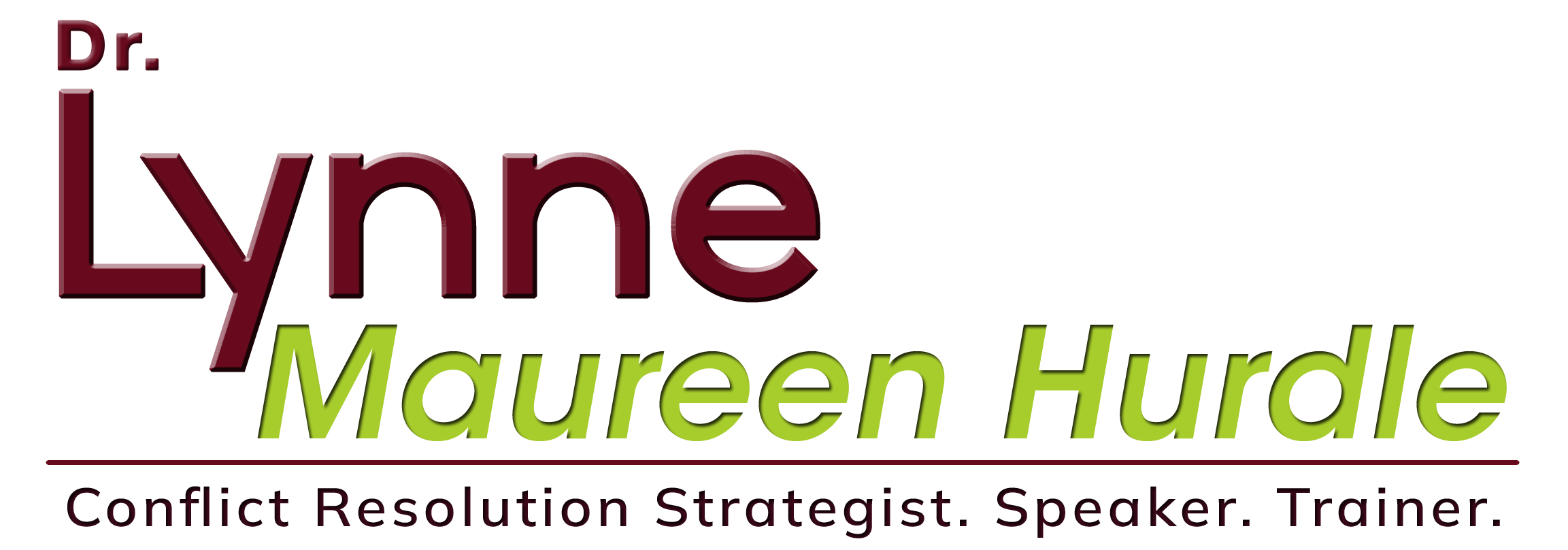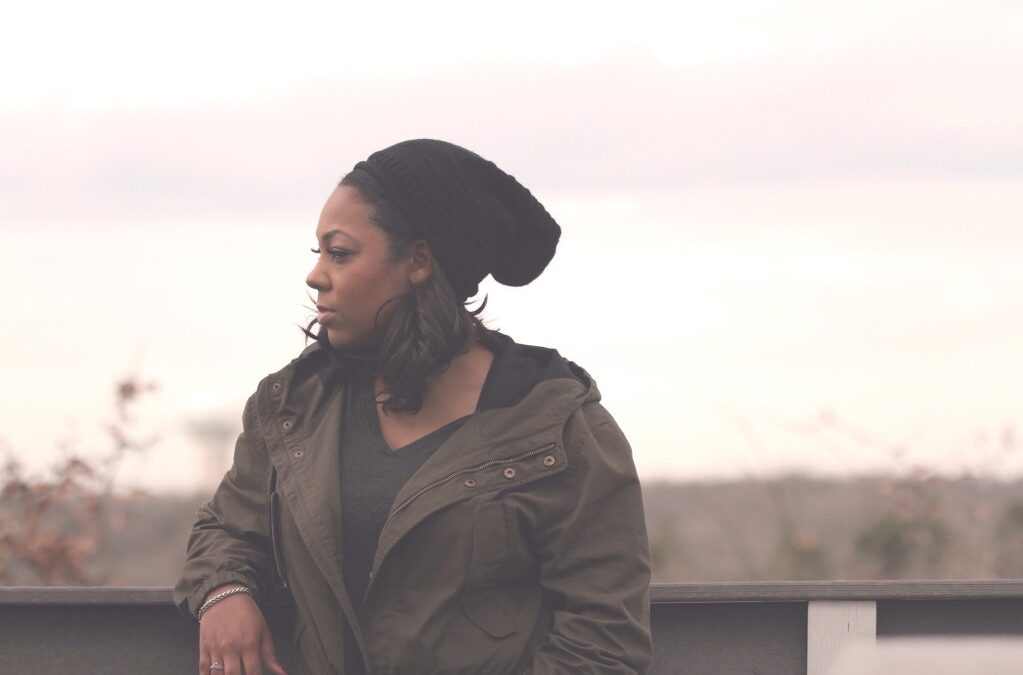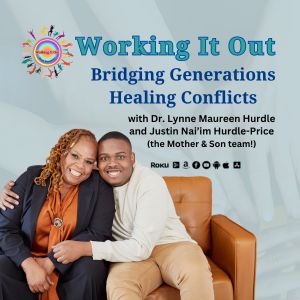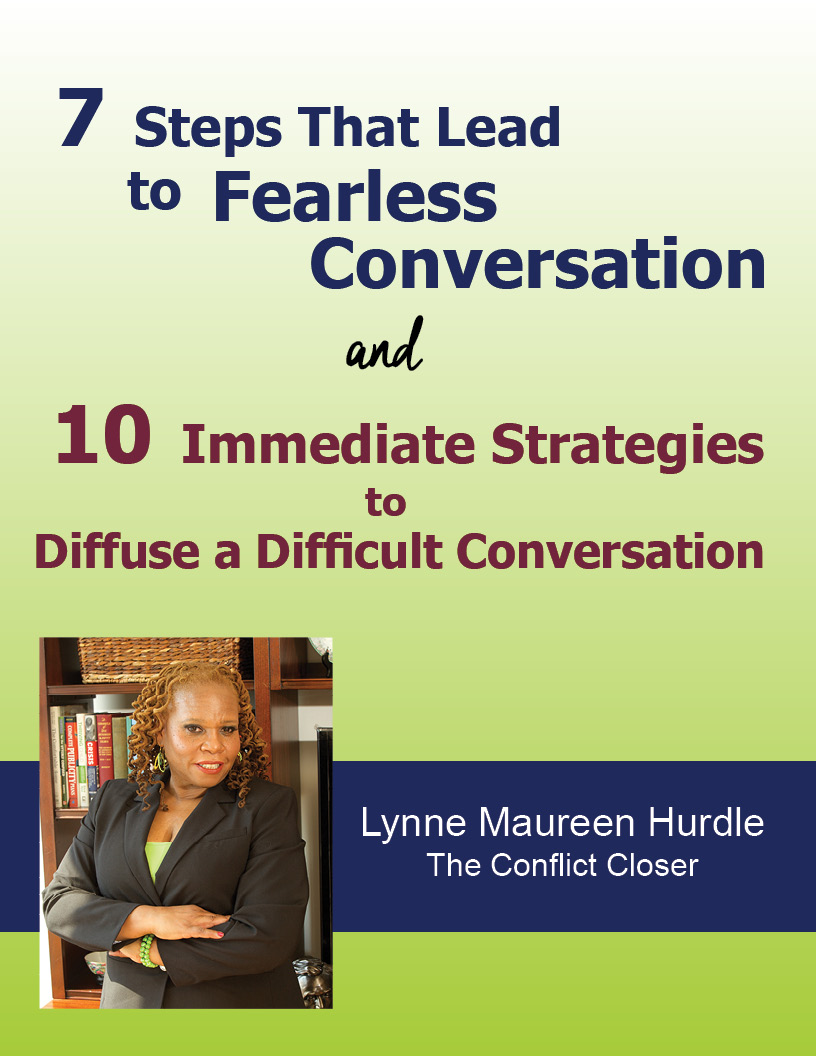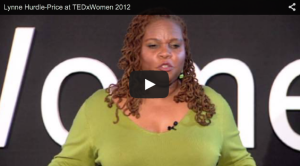I’m asking you to chose one… or two.
I was talking with a friend about my concerns around depression seeping into my life during these restricting times of Covid19. I am particularly on alert since I am back in NYC and winter is looming. Aware of the number of people who are challenged by Seasonal Affective Disorder, I started to really think about how inner conflict is not often expanded to include depression and anxiety.
I know for myself, if I don’t catch it, I can go into low grade depression in an instant even though I am fully functional on a day-to-day basis. But like I said, I have to catch it because there have been times when I have fully lived out the title to one of my favorite blues songs written by J.B. Lenoir, “I’ve Been Down So Long It Looks Like Up to Me.” Interestingly enough, every time I say that title out loud, it makes me laugh and I start to feel better.
These extraordinary times do present real challenges around inner conflict for each of us and I am seeing it in clients, neighbors, family, friends, on social media… well, pretty much everywhere. I’m concerned for us and our relationship with conflict. If we are to build or continue to build a healthier relationship with conflict, then we need to include inner conflict in that development. For many, this can be a scary idea because unlike external conflict, in our eyes there is no one to blame but ourselves and therefore avoidance can seem like an even more attractive option than normal.
I want us to expand our options, so I am giving you 19 of them and asking you to commit to at least 1.
- Expand your lens to include depression and anxiety as a cause for the inner conflict that you are experiencing. Be open to the strength it takes to admit this is a cause of inner conflict and seek additional information and help.
- Talk it out with yourself, out loud. Giving voice to what you are conflicted about can help you think about ways to resolve it.
- Don’t ignore it. Yes, face it and start to look at it and ease yourself past the discomfort it can create. Saying to yourself, ”this isn’t comfortable, but I will be ok” can be helpful.
- Recognize that scary times make everything seem even scarier. Knowing this helps to begin to see it for what it really is and often reduces the scariness of it.
- Feel the fear if it is there. Sit in it and experience how it feels not to avoid the fear and then let it pass through you. This may take a few attempts.
- As you think about the conflict, do some sympathetic breathing in order to place yourself in a calmer state and clear your thoughts – https://www.youtube.com/watch?v=7wFX9Wn70eM
- Change where you think about it. That’s right, if you think about it sitting down then stand up, walk around, change rooms, lay down, stand on your head if you can. The point is to literally take a different view.
- Give yourself grace and kindness. Everyone experiences inner conflict and sometimes it’s hard to get through it so give yourself time and love. But be deliberate about not avoiding it.
- Talk with someone you trust who won’t judge or offer their opinion or advice unless you ask for it. In fact, don’t ask for it, just ask them to hear you out.
- Take a break from it. Do something you love and commit to taking your mind off of it.
- Sleep on it. Yes, this really can work. Dreams actually can help work things out even if you are like me and don’t remember them in the morning.
- Call on Spirit and then leave it there until the answers come.
- Use the “what if?” technique. This is a great way to run down all the possible options and even some silly ones if you allow yourself to have some fun with it. Simply start with: what if I resolved this by… and then let loose.
- Write it out. Dare to be creative, that can help expand your brain capacity. Try writing it as a short story or turn it in to a poem, a song or a limerick. Hey, if you write a blog post about it, I’ll read it.
- Get some fresh air. Open a window or go outside. While you do that, say to yourself, ”I need a fresh perspective.” Remember the song “Blowin’ In the Wind”? Well, your answer could be blowin’ in the wind.
- Speak to yourself positively about it. Encourage yourself that the answers you are seeking are within you.
- Recognize that sometimes the answer is not to be found right now. Rest in the thought that when the time is right, the answer will come.
- Learn to say, “I just don’t have the answer right now and that’s ok.”
- Get the blood pumping in whatever way is comfortable for you. Exercise, movement, dance, pumping light weights, anything that creates endorphins and triggers a happier feeling can help you look at yourself and the conflict more positively.
A healthier relationship with conflict starts with embracing it when it comes and recognizing that it is here to teach you something about yourself.
We’ve all had inner conflict before and gotten through it so remembering that during these times is important. These circumstances can create a barrier to seeing our way out, so let’s replace our thoughts of Covid19 with this list of Conflict 19. Let me know what you try. We will get through these inner conflicts together.
In Love,
Lynne (she/her/hers)
We believe:
Black Lives Matter
Love Is Love
All Abilities Are Welcomed and Respected
No Person Is Illegal
Diversity and Inclusion Are The Backbone of What We Do
All Bodies Are Respected
Love Wins
